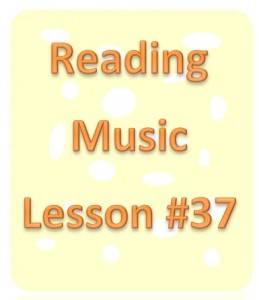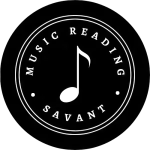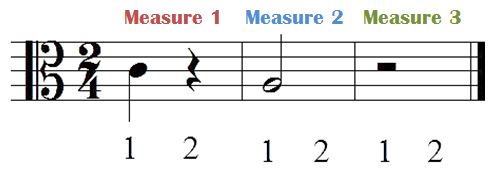 This time signature is very similar to the 3/4 time signature and the 4/4 time signature.
This time signature is very similar to the 3/4 time signature and the 4/4 time signature.
The main difference is having only two beats in a measure instead of three or four.
The 2/4 Time Signature
Here are the two most important things to remember:
1) The top number “2” tells us the notes and rests are organized in such a way between the bar lines that only two beats can be found in each measure.
2) The bottom number indicates that a quarter note will receive one beat.
Let’s take a look at the example below to learn how to assign the counting.
Measure 1
The first quarter note is assigned count “1” while the following quarter rest is assigned count “2”. This takes care of the two beats we can have in each measure according to the top number of the time signature.
Measure 2
After the bar line, we move into the second measure where we can again have only two beats. In order to know if we are truly holding the half note two beats, we assign it counts “1” and “2”.
Measure 3
Again, only two beats can occur here also and a half rest is worth two beats. So, we will give it counts “1” and “2” to be sure we really are allowing two beats of silence to go by before the final bar line.
Something Extra
By the way, did you notice the clef sign in this example? That’s for all my alto clef friends. I don’t want to leave you out in a world where the treble clef and bass clef can sometimes rule. 🙂
If you’ve gone through all the lessons up to this point, you should be able to recognize the name of the very first note.
What is it?
If you answered “C”, you are correct!
By George, I think you’ve got it!
Now that we’ve had a little fun learning some common time signatures, I think it’s time to move on to the dotted half note.

